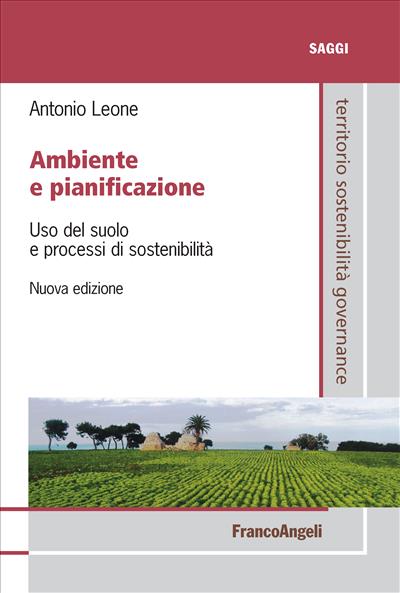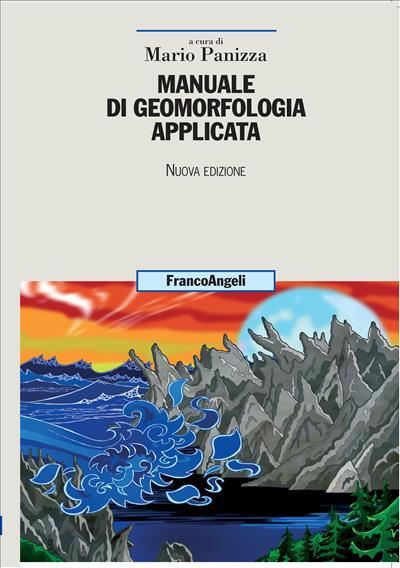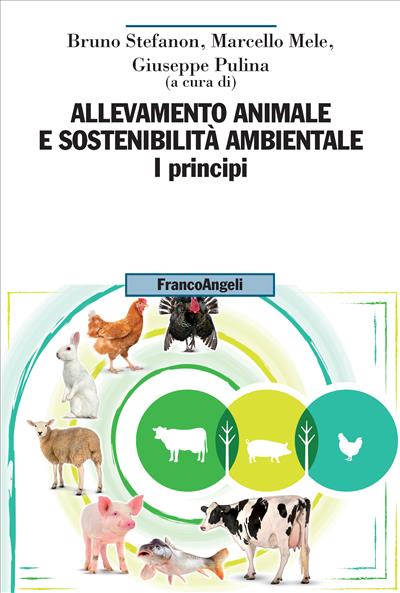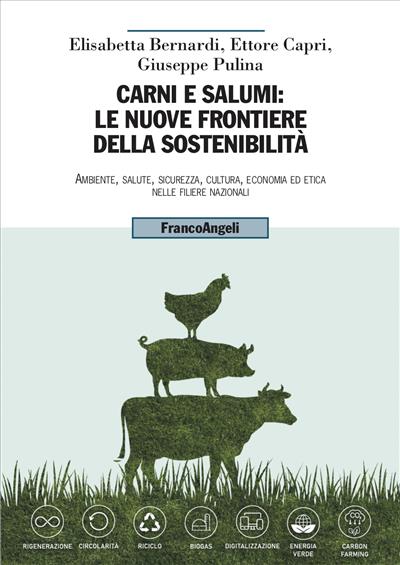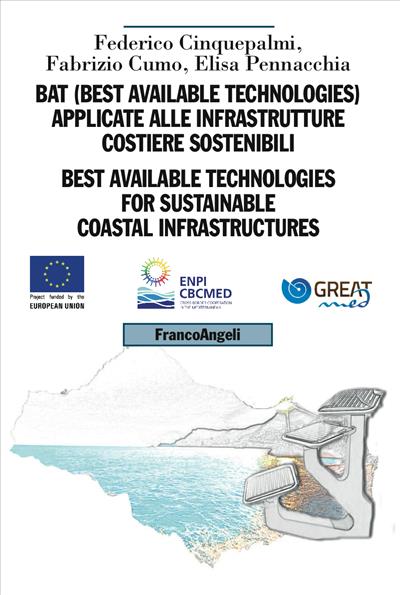
Federico Cinquepalmi, Fabrizio Cumo, Elisa Pennacchia
BAT (Best Available Technologies) applicate alle infrastrutture costiere sostenibili.
Best Available Technologies for sustainable coastal infrastructures
This book deals with an analysis of the best available technologies and strategies for the planning of coastal sustainable infrastructures, identifying innovative building envelope technologies and technical smart solutions.
PDF con DRM
11,99
PDF con DRM
11,99
Pagine: 56
ISBN: 9788891745484
Edizione:1a edizione 2016
Codice editore: 1810.2.43
Possibilità di stampa: No
Possibilità di copia: No
Possibilità di annotazione: Sì
Formato: PDF con DRM per Digital Editions
